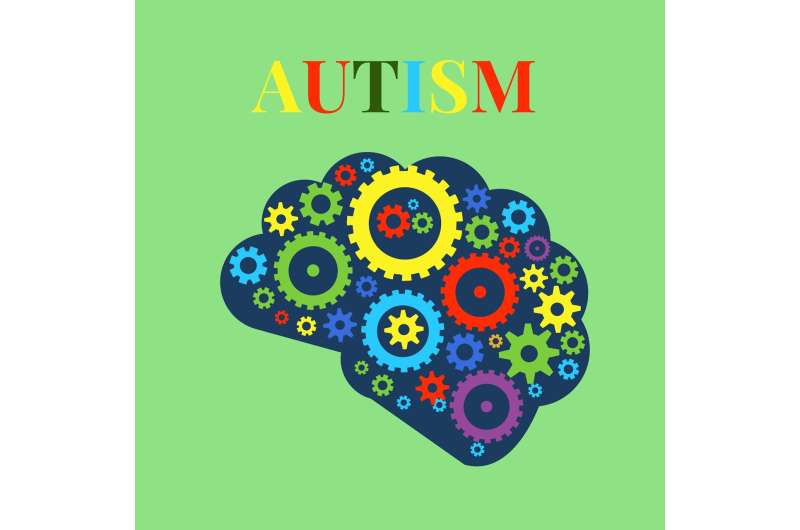Challenges in Rehabilitation for Adolescents with Cannabis Use Disorder in the US

A recent study highlights low treatment completion rates among US adolescents with cannabis use disorder, emphasizing the need for tailored interventions to improve recovery outcomes for youth.
Cannabis use disorder among adolescents in the United States continues to be a significant health concern despite overall declines in cannabis consumption. Many young individuals initiate cannabis use before reaching high school age, during critical phases of brain development. This early exposure may lead to both immediate cognitive, academic, and social difficulties, as well as long-term health and behavioral issues.
Research indicates that although behavioral therapies can be effective, understanding what drives successful recovery in teenagers remains limited. Treatment often begins only after severe problems manifest, emphasizing the importance of identifying factors that predict successful outcomes and tailoring interventions accordingly.
A recent study conducted by Florida Atlantic University examined treatment responses among over 40,000 adolescents aged 12 to 17 between 2018 and 2021. Findings reveal that treatment completion rates are consistently low, fluctuating from 34.2% in 2018 to 33.8% in 2021. The primary reasons for not completing treatment included dropping out, transferring to another facility, or being terminated by the treatment center.
Most adolescents started using cannabis between ages 12 and 14, with more than one-third experiencing co-occurring mental health or other substance use disorders. Notably, those who began using cannabis at age 11 or younger had an especially low treatment completion rate of just 12.9%.
The study also found variations in treatment completion based on demographic factors. Girls were slightly more likely to complete treatment than boys. Hispanic and Native Hawaiian/Pacific Islander adolescents showed higher completion rates, whereas Black and white non-Hispanic youths had lower rates. Living arrangements significantly influenced outcomes, with adolescents in dependent settings exhibiting higher completion rates (64.4%) compared to those living independently or experiencing homelessness.
Duration of treatment played a role, too. Staying in treatment for four to six months correlated with higher completion rates, while shorter stays under one month were associated with the lowest success. The most common referral sources were the judicial system, self-referral, and healthcare providers, with outpatient services being the typical treatment setting.
Experts highlight that these low treatment completion rates could lead to worsening short- and long-term consequences for adolescents with cannabis use disorder. As Dr. Charles H. Hennekens emphasizes, capturing the underlying factors influencing treatment success is critical for improving care strategies. The findings underscore the urgent need for more tailored, evidence-based approaches to support vulnerable youth.
Understanding these disparities and barriers is essential for developing effective interventions that can enhance engagement and recovery among adolescents facing cannabis addiction. Ongoing research is vital to address the complex challenges unique to this age group and to reduce the impact of cannabis use disorder on their future well-being.
Stay Updated with Mia's Feed
Get the latest health & wellness insights delivered straight to your inbox.
Related Articles
How Relationship Insecurity and Sleep Quality Interact to Influence Daily Jealousy
Poor sleep quality is closely linked with increased daily jealousy, particularly among individuals with insecure attachment styles. This study highlights the importance of quality sleep for emotional regulation and relationship health.
Creating Neuro-Inclusive Universities to Support Autistic Student Success
Discover how universities can become more neuro-inclusive, supporting autistic students through tailored policies, supports, and inclusive practices that promote their success and well-being.
Understanding What Happens in Your Brain When You Change Your Mind
Discover how brain activity influences our ability to change decisions and how understanding this process can improve decision-making skills in everyday life and professional settings.
Exploring the Potential of MDMA Therapy to Mitigate PTSD in Ukraine Amid War
A groundbreaking study proposes that MDMA-assisted therapy could transform PTSD treatment in Ukraine, easing trauma and fostering societal recovery amidst ongoing conflict.



